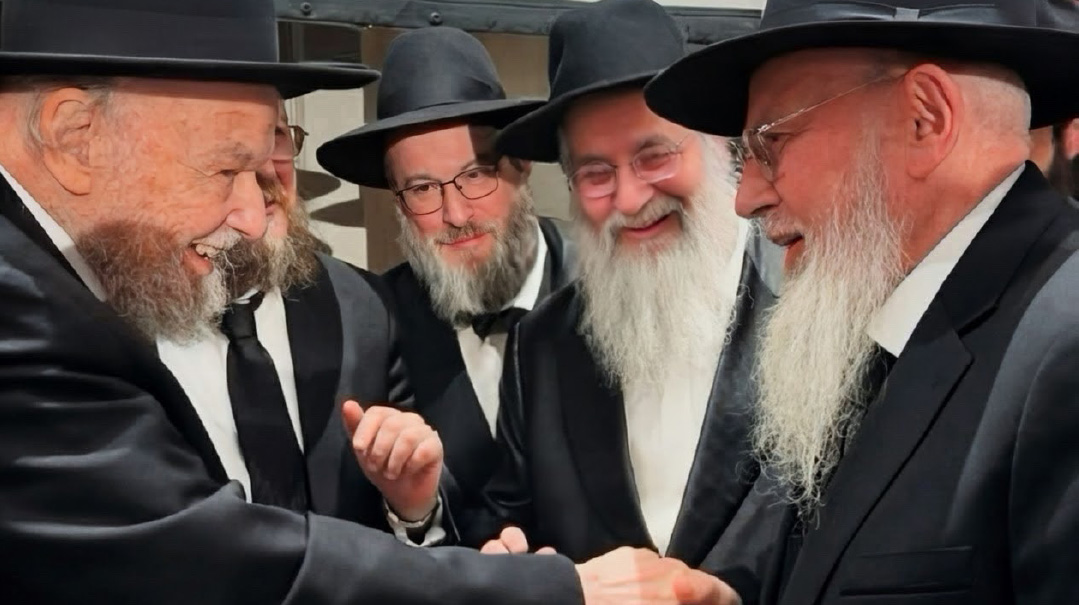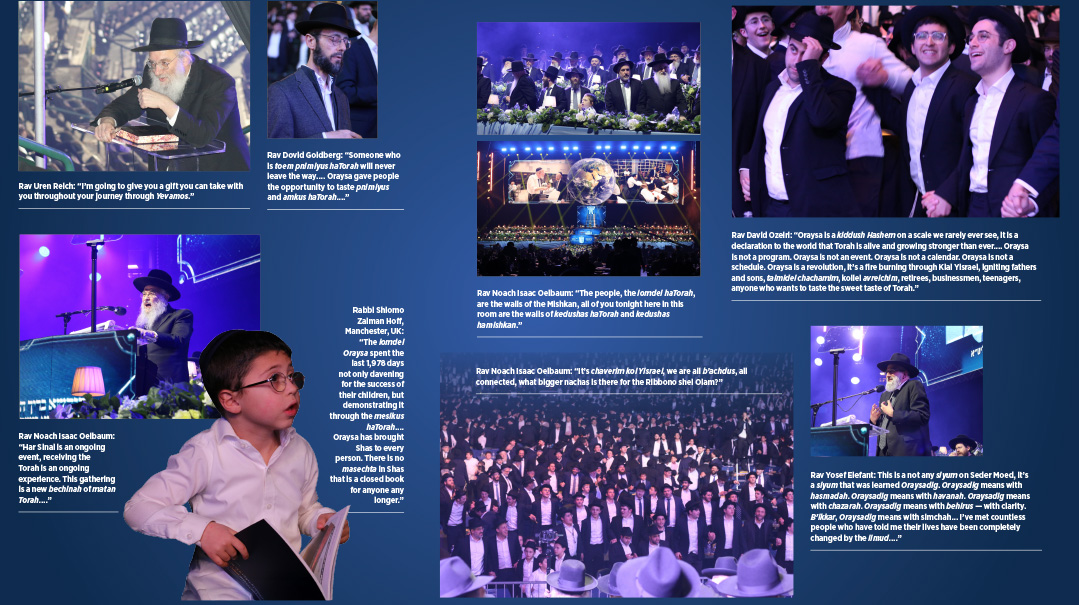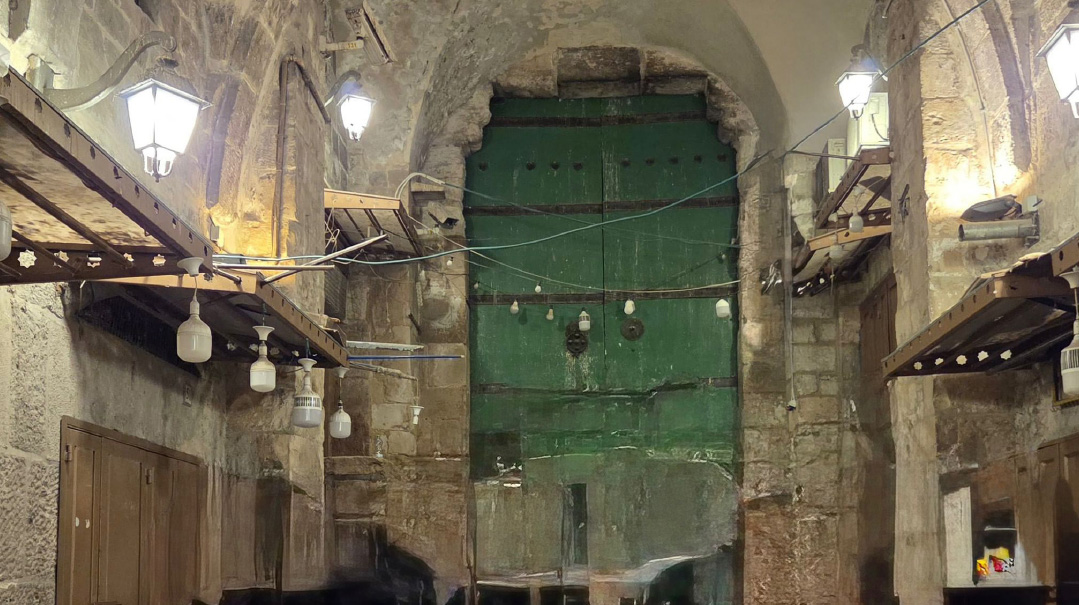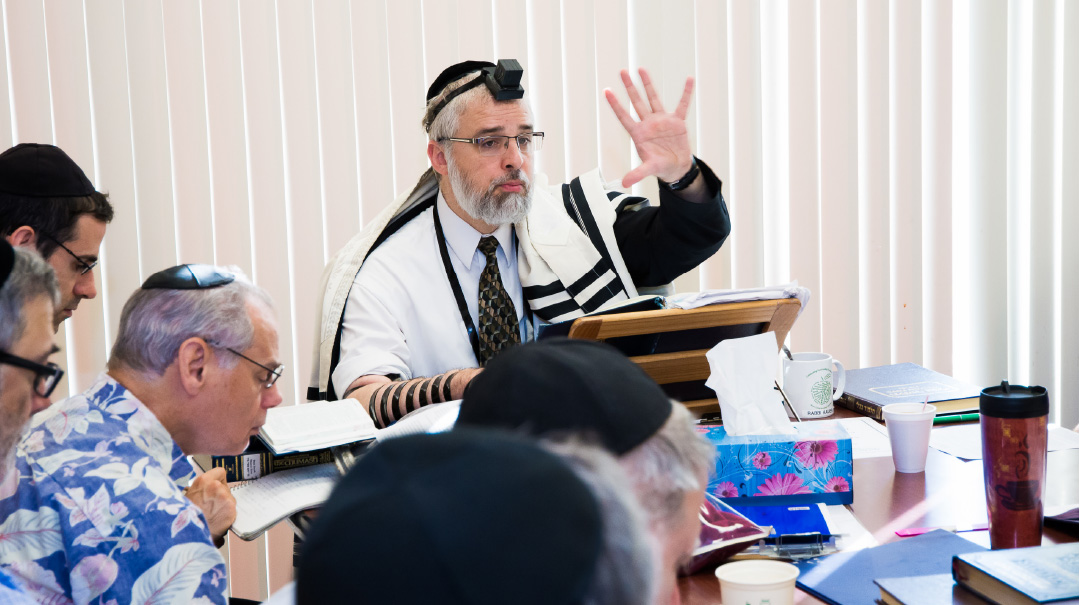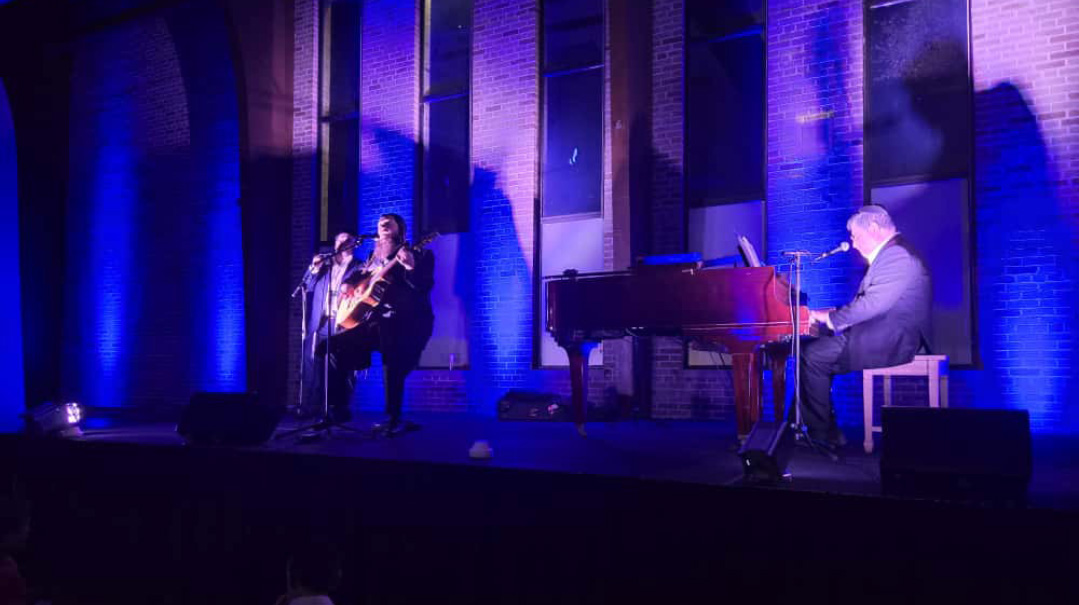5783: The Year That Was
| September 12, 2023The tragedies have been multiple, but so were the flashes of inspiration
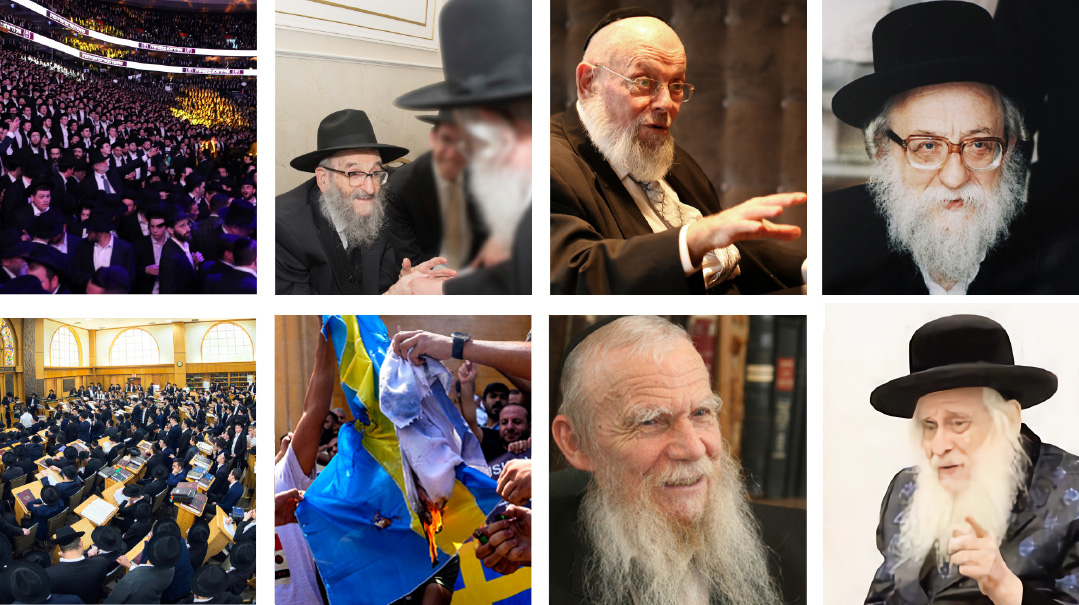
Prior to Mashiach’s coming there will be the Chevlei Mashiach, the searing birth pains that come as a majestic new reality edges into being. Reflecting over all that’s transpired since the onset of 5783, one can only hope that we’ve heard the final cries of anguish as we usher in a year of joyous redemption. We have every reason to be hopeful. The tragedies have been multiple, but so were the flashes of inspiration, those moments when the invincible grandeur of our people become so tangibly apparent. Through the good and the difficult our hopes for the realization of our destiny remain whole, vibrant, and unified. May we all merit a kesivah v’chasimah tovah. Amen.
Kislev
D
ayan Chanoch Ehrentreu ztz”l, who passed away on Rosh Chodesh Kislev, made a global impact, but European Jewry was particularly affected by the loss. The Dayan, who was the founder and head of the Sunderland kollel for 18 years, was one of Europe’s leading halachic authorities of the last half century. He was involved in large scale initiatives — pioneering the eiruv in Northwest London, helping the first organized English kiruv movement get up and running, and flying frequently to other parts of Europe to help arrange gittin within the auspices of his role as head of the Beis Din of European Rabbis — but none of this precluded him from making himself available to anyone who needed him, be it the anorexic young woman whom he visited in the hospital daily for five months, or another patient refusing lifesaving treatment, who consented after the Dayan informed that he would not leave the hospital until she agreed.
His petirah left the English kehillah bereft, but consoled that his legacy would continue to guide them.
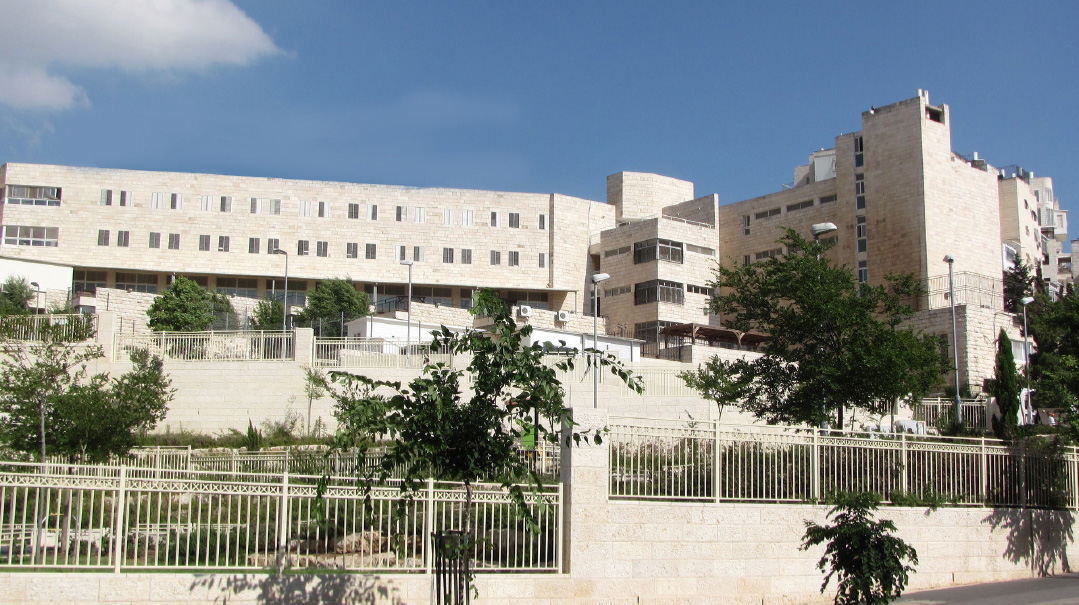
Nissan
C
hol Hamoed is that confusing time where the lines marking kedushah and the weekday aren’t clearly demarcated, and we need our leaders’ guidance to help us navigate the duality. It seems somehow fitting that it was Chol Hamoed Pesach, 18 Nissan, when Rebbetzin Bruria David a”h founder and menaheles of Beth Jacob Jerusalem, better known as BJJ, passed away.
Rebbetzin David — wife of Rav Yonasan David shlita and only child of Rav Yitzchok Hutner ztz”l — devoted decades to infusing her thousands of students with the fortitude and clarity to live lives of heightened spirituality, even as the outside world grows increasingly secular. Her life injected kedushah into chol, and her scores of talmidos continue to do the same.
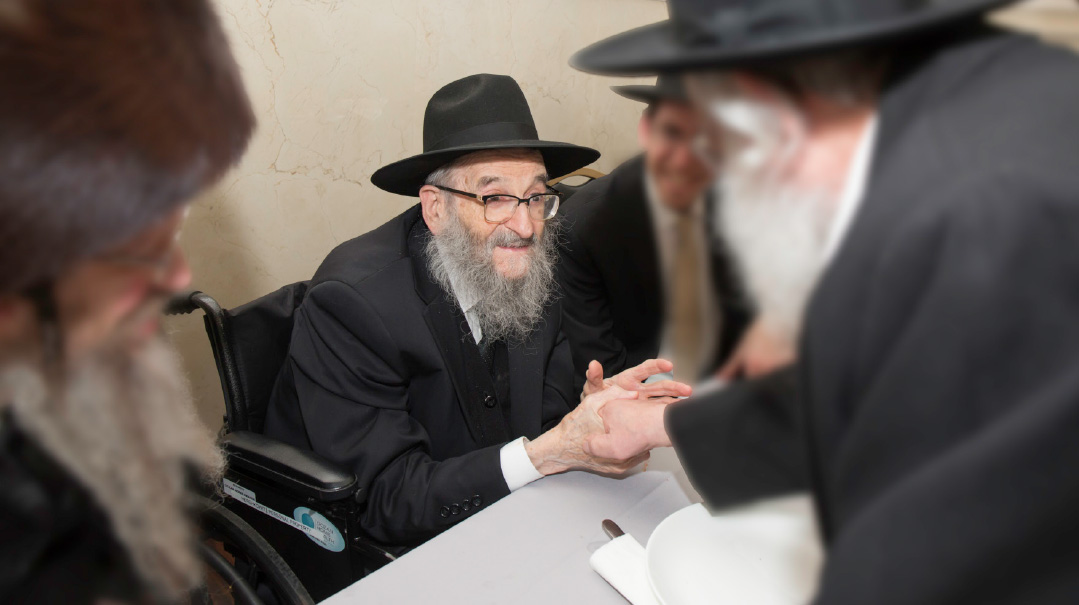
Photo: Dunoff Photography
Iyar
R
av Meir Hershkowitz ztz”l, longtime rosh yeshivah of Stamford’s Yeshivas Beis Binyomin, returned his pure neshamah to Shamayim on the tenth of Iyar. He was born on the 24th day of Elul, the very same day that the Chofetz Chaim passed away.
Like the Chofetz Chaim, Rav Meir possessed a brilliant mind — Rav Aharon Kotler appointed him as the head of a very prestigious chaburah — yet he remained incredibly humble. He was entirely self-effacing when it came to his own honor, and wore a short jacket and down hat, as opposed to the traditional rosh yeshivah garb.
“At his massive levayah, he was referred to as a malach,” wrote Rabbi Pinchos Lipschutz, editor of the Yated Ne’eman, “and that is what he was: an angel in the form of a human.”
On the tenth of Iyar, Klal Yisrael bid farewell to a human malach, the Chofetz Chaim of our generation.
Sivan
Just days after we received the Torah again on Shavous, the generation’s living sefer Torah was taken from us. Rav Gershon Edelstein ztz”l, rosh yeshivah of Ponevezh and leader of the Torah world, passed away on the 10th of Sivan.
Rav Gershon, who led one of the largest yeshivos in Eretz Yisrael for decades, didn’t attend a formal yeshivah until he was 18 years old. Together with his brother Reb Yaakov ztz”l, he learned with his father in a rented chicken coop, mastering all of Shas with incredible depth.
His prodigious knowledge somehow never detracted from his incredible humility. “Rav Gershon is a baal mum,” the Chazon Ish once quipped, “he lacks the ‘eighth of an eighth of gaavah.’ ”
Masses gathered for his funeral in Bnei Brak as Klal Yisrael bid farewell to a light that warmed and illuminated for 100 years.
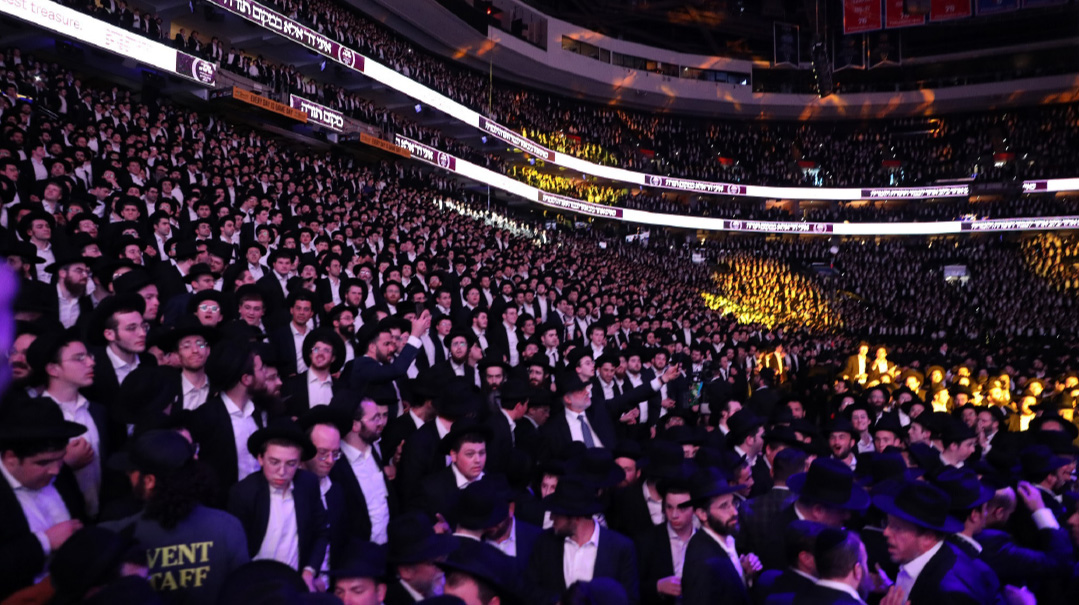
Photo: AEGedolim
There was excitement in the air as the Wells Fargo Center parking lot began to fill up with hundreds of cars and buses, carrying thousands of Yidden determined to display their kavod HaTorah. Last year’s Adirei HaTorah event, initiated by a group of philanthropists determined to restore the glory of the yungeleit, was the culmination of a gargantuan fundraising blitz intended to raise BMG kollel checks by 300 percent.
Last year’s inaugural event was a resounding success, and in June of 2023, the crowd filled up the stadium once again, eager to reaffirm who we are and what we hold dearest.
For many, the most emotional part of the evening was hearing from Rav Meir Tzvi Bergman shlita, rosh yeshivah of Yeshivas Rashbi, who flew in especially for the event. Tragically, upon arriving in the United States, he received the terrible news that his son had passed away. Health concerns precluded him from returning straightaway to Eretz Yisrael, and while the event took place during shivah, he received a psak that he should still attend.
There was no music heralding the bereaved, elderly Rosh Yeshivah’s entrance, nor any spirited renditions of “yamim al yemei melech tosif.” Instead, a silent hush fell over 30,000 people as Chaveirim members carried the wheelchair-bound rosh yeshivah to his spot on the stage. In sandals and a ripped frock, Rav Bergman referenced his personal tragedy only briefly before sharing what was weighing on his heart, even as he sat shivah for his son: the amount of Yiddisher tochter struggling with shidduchim.
Rav Bergman pulled a paper out of his pocket, and in halting English, shared a segulah from his father in law, Rav Shach: to bentsh from a bentsher.
It was a surreal moment etched in the crowd’s collective memory, where they saw firsthand how Torah elevates a person so that the troubles of a nation overshadow even his personal loss.
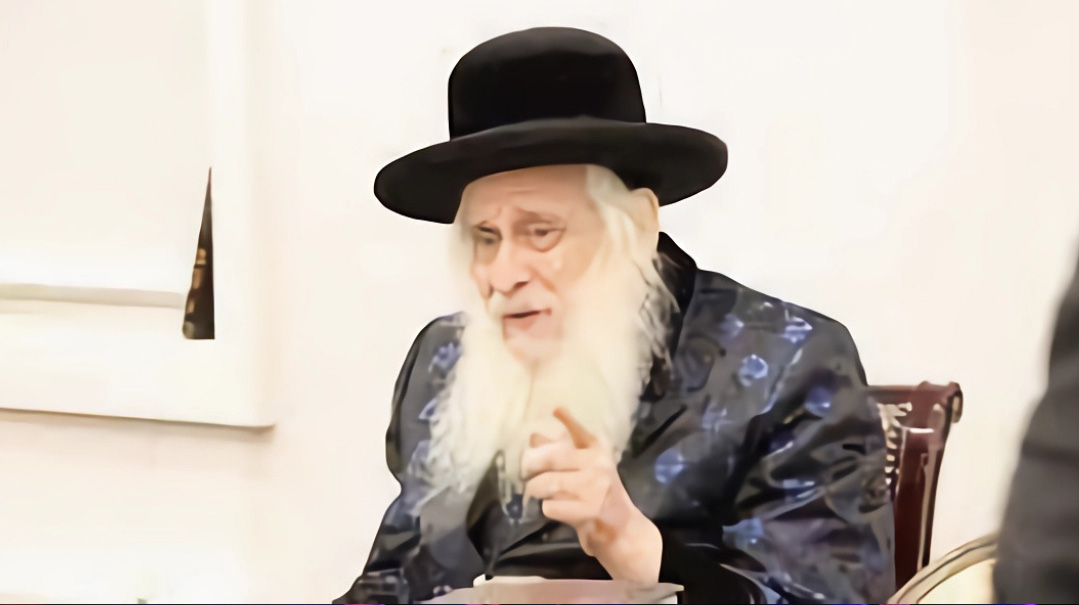
The Bostoner Rebbe of Flatbush led his kehillah on East 29th Street and Avenue J with devotion and care until his petirah on the 25th of Sivan. After 78 years, the voice that had taught and comforted so many grew silent.
A scion of great rebbes, the Bostoner Rebbe ztz”l stayed true to his roots, holding high the banner of Torah and chassidus, fusing depth with warmth, and binding heart with intellect. The Rebbe also had a beautiful voice and composed many of his own niggunim. On the month when we received the Torah — es hashira hazos — the Rebbe ascended heavenward where surely, he continues singing his song.
Rav Dov Landau’s visit to America, in which the Slabodka Rosh Yeshivah visited several communities, brought back memories of the similar trip Rav Aharon Leib Steinman made years ago, traveling to dozens of cities at a breakneck schedule and imparting chizuk to thousands of Yidden along the way.
A comparison of the two trips — held over 15 years apart — allows one to appreciate not only the sheer growth of the Torah communities in America, but that the core of those communities hadn’t changed, how they still pulsate with the same tune and live the same mantra.
Rav Dov, a grandson of Slabodka founder Rav Eizik Sher, scion of Strikov chassidus and a talmid muvhak of the Chazon Ish, is one of today’s greatest talmidei chachamim. His trip to America was an aberration from his regular schedule, where he spends every waking minute engrossed in limud haTorah, eschewing public events.
He visited Lakewood, Philadelphia, Passaic, Monsey, Boro Park, Manhattan and Far Rockaway, with each city’s population coming out en masse to greet him, receive his brachah, and hear his shiur.
When Rav Dov returned to Eretz Yisrael, he shared his impressions with Rav Moshe Hillel Hirsch shlita, who leads Slabodka together with him.
“Sadna d’ara chad,” the Rosh Yeshivah said. “Here people are engrossed in learning, there people are engrossed in learning. It’s beautiful to see how remarkably similar the Torah world is everywhere.”
“You know,” the Rosh Yeshivah said, “there are tinokos shel beis rabban in Eretz Yisrael, and there are tinokos shel beis rabban in America. There are Jewish children in Australia and there are Jewish children in France. They speak different languages, they have different lifestyles, but they all learn the same Torah and sing ‘Toras Hashem Temimah’ in the same language.”
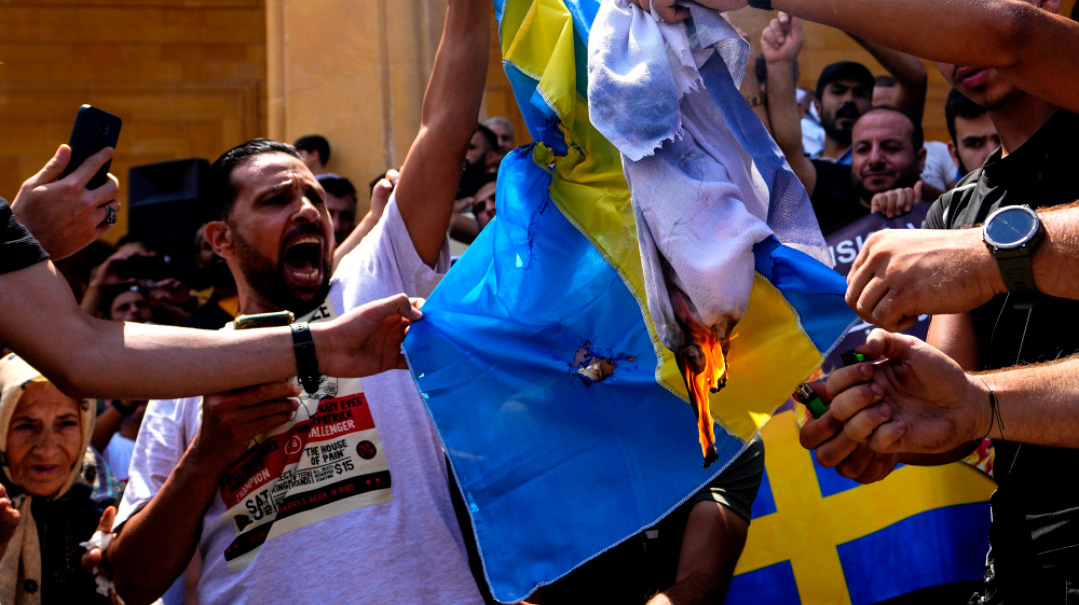
Photo: AP Images
Tammuz
O
ne of the reasons we fast on Shivah Asar B’Tammuz is because “saraf Apustomus es haTorah — Apustomus burned the Torah.” It’s been many years since then but little has appeared to change.
This year, toward the end of the month of Tammuz, Swedish authorities gave the green light for a public burning of a sefer Torah. The planned atrocity didn’t happen, b’chasdei Hashem, but the very notion that it was contemplated, and permitted, is frightening.
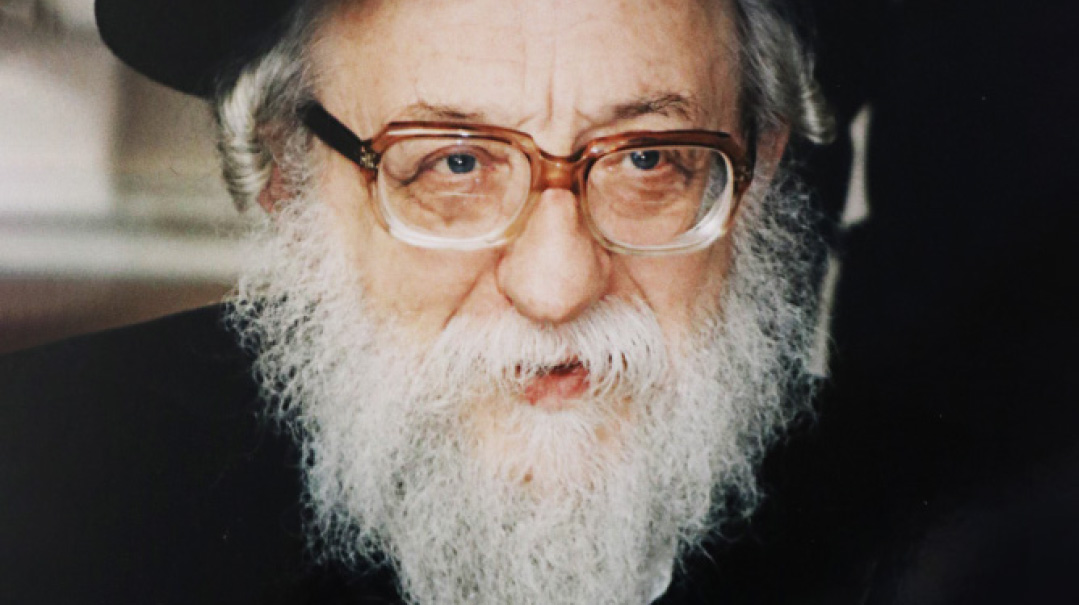
Av
The Rachmistrivke Rebbe ztz”l, who referred to himself as a “poshute Yerushalayime Yid,” shrouded himself in a cloak of humility, so we saw only the contours of his greatness. As a boy he studied in the famed Eitz Chaim yeshivah in Yerushalayim, under Rav Isser Zalman Meltzer ztz”l, whom he considered to be his lifelong rebbi.
The Rebbe ultimately led his chassidus from his beis medrash in Boro Park, but geography notwithstanding, the Rebbe truly did live in Yerushalayim; he felt its Shechinah, along with the pain of the Churban.
The Rebbe lost his oldest son, Reb Mordechai, who lived in Eretz Yisrael. After the shivah, the Rebbe visited the fresh kever on Har Hazeisim, yet he didn’t cry. When pressed he explained. “I very much wanted to cry at Mordche’s kever, but I stood on Har Hazeisim, just across from the Churban in the Ribbono shel Olam’s home. How could I cry about my own pain?”
On the 29th day of Av, on the final day of the month of mourning for the Ribbono shel Olam’s home, the Rebbe left us and a nation mourned again.
Elul
Y
eshivas Rabbeinu Chaim Berlin, in addition to being a yeshivah, is a dynasty — a royal dynasty. Rav Yitzchok Hutner served as its leader during a time when America’s secular culture blazed forth with all its allure. But he introduced an ambition of a different sort.
His talmidim listened, learned, and flourished. But even within the group of brilliant students, one stood out as exceptional. Rav Aharon Moshe Schechter ztz”l would drink from the wellsprings of his holy rebbe whose unique style of drush styled his own approach to learning — and to life.
“I don’t know how many rebbes had chassidim as attached to them as Rav Aharon was to the Rosh Yeshivah,” commented Rav Dovid Cohen, who had been part of that same chaburah. Rav Aharon ultimately assumed the mantle of leadership over Yeshivas Rabbeinu Chaim Berlin, leading it for decades until his petirah on the seventh day of Elul.
(Originally featured in Mishpacha, Issue 978)
Oops! We could not locate your form.


